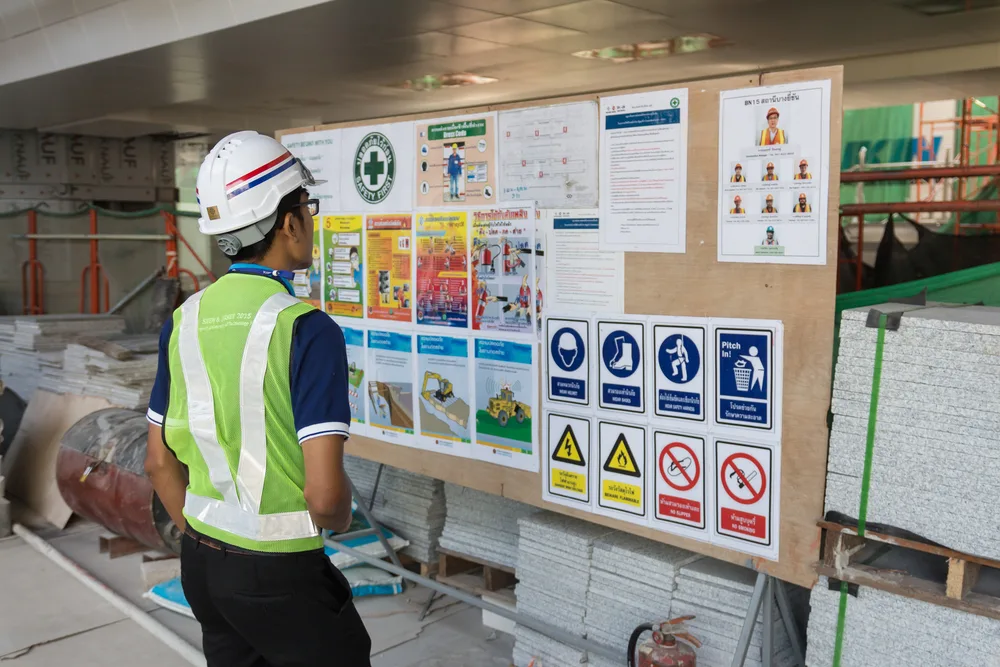Ensuring Compliance in Process Safety Management Course
Introduction:
Many process organizations have adopted a cross-functional approach to manage health, safety, and environmental (HSE) risks through a comprehensive HSE management system. This Ensuring Compliance in Process Safety Management Course highlights the benefits of having such a system by examining its most critical elements in line with industry best practices.
By studying process safety management standards and requirements in detail, this compliance program is designed to equip participants with the skills to operate within their organization's HSE management system, focusing on risk management and fostering a proactive safety culture that prevents incidents rather than reacting to them.
Objectives:
Upon completion of this Ensuring Compliance in Process Safety Management course, participants will be able to:
- Describe the components of their organization’s HSE management systems.
- Comply with HSE-MS governance, including its elements, sub-elements, and expectations.
- Utilize risk management processes, including risk assessment, incident investigation, and analysis.
- Recognize the role of human error in risk assessment and incident causation.
- Systematically analyze incidents to identify weaknesses in the HSE-MS through Root Cause Analyses.
- Understand the requirements of relevant standards such as HS(G)65, BS 8800, OHSAS 18000, ISO 9000, and ISO 14000.
- Develop action plans, set targets, and benchmark performance.
- Prioritize organizational safety integrity.
Training Methodology:
- Interactive lectures
- Case studies
- Group discussions
- Hands-on workshops
- Root-cause analysis simulations
- Role-playing scenarios
- Compliance assessment exercises
- Peer reviews
- Q&A sessions
Course Outline:
Unit 1: Introduction to HSE Management Systems
- Introduction to the need for HSE management systems
- Roles and responsibilities within the organization
- Key features of the HSE management system
- Managing safety processes and standard practices
- Integration of OHSAS 18000, ISO 14000, and ISO 9000
- Importance of fostering a strong safety culture
Unit 2: Elements of HSE Management Systems
- Different types of HSE management systems
- Framework of HSE-MS elements and expectations
- Process safety management compliance and leadership commitment
- HSE policy and strategic objectives
- Resource allocation and competency assignments
- Risk evaluation and management techniques
- Development of operational procedures and standards
- Monitoring, implementation, and audit reviews
Unit 3: Risk Management - 1 (Risk Assessment)
- Defining hazards and risk, and the purpose of risk assessment
- Municipal HSE risk management practices
- Implementation of risk management plans
- Managing hazards in workplace activities
- Complex risk analysis and assessment techniques
- Health surveys related to specific occupations
Unit 4: Risk Management - 2 (Incident Investigation)
- Learning from organizational incidents
- Case study: BP Texas Refinery explosion
- Investigating organizational factors contributing to incidents
- Identifying action errors and latent failures
- Conducting cause and effect analysis
- Developing a framework for incident management
Unit 5: Promoting a Positive Safety Culture
- Managing change: mobilizing resources, structure, and processes
- Training focused on safety culture in process safety management
- Defining and fostering safety culture within the organization
- Strategies for safety culture development
- Monitoring safety culture and performance
- Engaging employees in behavioral safety optimization
- Selecting outcome indicators to measure success


















